Clinical Differential Diagnosis
(Modler FTA für Kleintiere – Cardiology):
Differentials for heart murmur and cyanosis of cardiac origin are:
VSD with Eisenmenger´s syndrome (R-L shunt)
VSD with bidirectional shunt
PDA with bidirectional shunt
PDA with R-L shunt
VSD combined with pulmonic stenosis
Tetralogy of Fallot
Differentials for heart murmur and cyanosis due to pulmonary disesase are:
Pulmonary pathology causing pulmonary hypertension with tricuspid and concomitant mitral regurgitation (small breed dog)
Image Interpretation
(Lindquist DMV, DABVP and Modler FTA fur Kleintiere - Cardiology)
Sonographic Differential Diagnosis
Right ventricular hypertrophy, reverse PDA/AP window. Small membranous ventricular septal defect with bidirectional flow.
Outcome
The patient was referred to a university cardiologist and passed away prior to potentially high risk interventional therapy could be attempted.

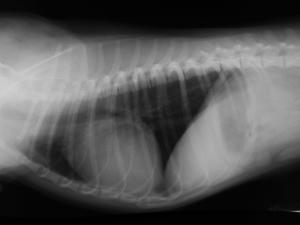
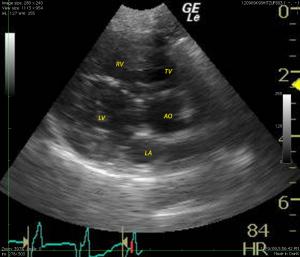
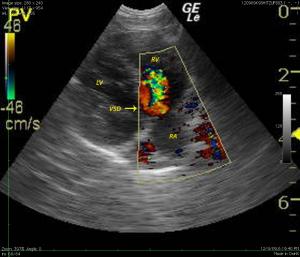
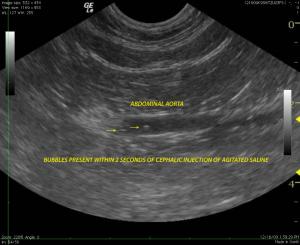
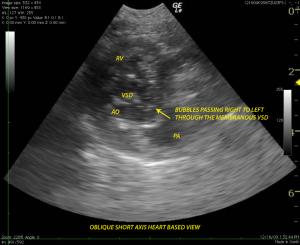

Comments